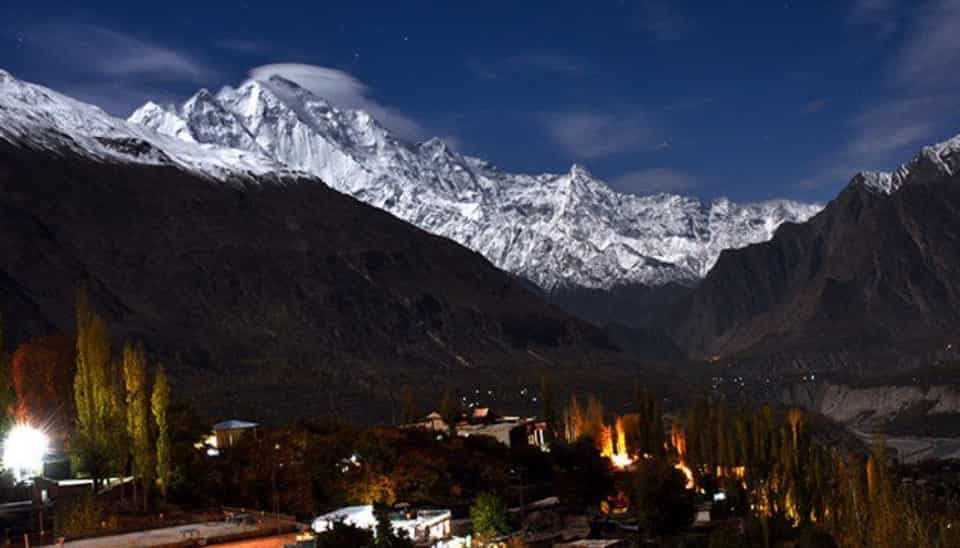The Hunza Valley in northern Pakistan
Originally published by Arab News Pakistan:
From the 1950s to 1970s, Pakistan was a haven for travel and adventure seekers on the hippie trail. Millions of hitchhikers and backpackers entered the tribal areas in the northwest from Afghanistan and moved down the country after crossing the legendary Khyber Pass. Another route was from Iran into Balochistan.
But as geopolitical tectonic plates started shifting, instability blocked the famous trail and the western land route from Europe to Pakistan was cut off. The fortunes of the tourism industry were linked to a volatile political environment in the country and the region, specifically Iran and Afghanistan.
In the 1990s, with improvements in infrastructure and logistics, remote northern areas were accessible. Mountaineers from across the world made their way to the treacherous 8000-meter peaks including K2, as well as the scenic valleys of Swat and Galliat. But the 9/11 terrorist attacks brought the curtains down once more.
As the Tehrik-e-Taliban Pakistan insurgency started to wreak havoc across the country, many western nations issued travel advisories. The Swat Valley fell into the hands of the TTP, and there was a systematic campaign to destroy major tourist resorts and infrastructure, including the famous skiing area of Malam Jabba.
In recent years, military operations against the TTP have reduced the menace, and land has been reclaimed from the insurgents. But despite widely-acknowledged potential and a recent surge in domestic travel in northern areas, Pakistan earned only $22 billion through tourism in 2017 — a meager amount for a country of more than 240 million people with some of the most diverse landscapes and climates in the world.
Until now, foreigners have faced a convoluted visa process. The torturous system has added constraints, and the picturesque regions of Azad Kashmir are off limits. Similar restrictions quell the growth of religious tourism by Sikh and Hindu pilgrims.
A New Era for Tourism?
The first signs of a change in travel policy came in discussions between Pakistani Army Chief General Qamar Javed Bajwa and visiting Indian politician Navjot Singh Sidhu, at the swearing-in of Pakistani Prime Minister Imran Khan last August. The two men discussed a corridor from the Indian border to the Kartarpur Sahib Gurdwara in Pakistan’s eastern province of Punjab, following up by attending the ground-breaking ceremony.
The new Government introduced a policy granting e-visa facilities to citizens of 175 countries and visa on arrival to travellers from 50. This willend the tedious requirements for a NOC (No-Objection Certificate) to visit Gilgit Baltistan and Azad Kashmir, with no additional constraints on Indian-origin US and UK citizens.
General Bajwa’s role that kickstarted this initiative has shown that the Pakistani security establishment is not only on board but sees the need for revised entry regulations.
What necessitated the change of heart? With the economic downturn, defense expenditure has been under fiscal pressure, and the “War on Terror” has generated a negative image of Pakistan that both the army and the Government want to correct.
The hippie trail may never again come to life. But Islamabad’s hope is that what is on offer, from the world’s greatest peaks in the north to the cultural and archeological sites in the east, will entice the adventurers of the world to visit once more.

